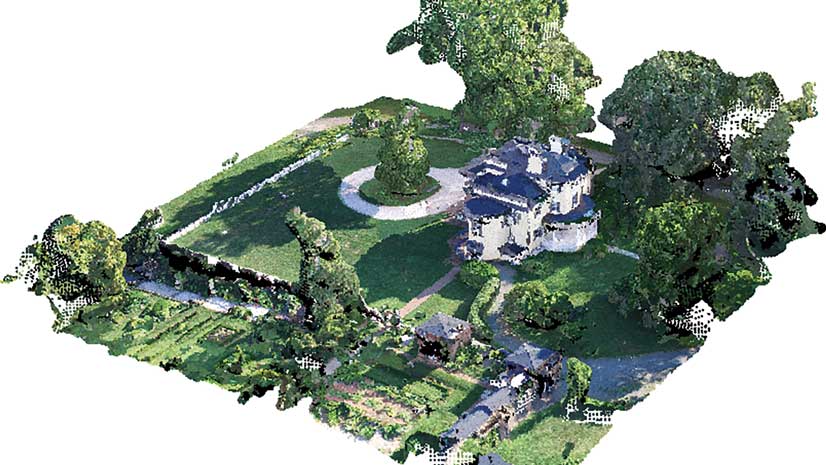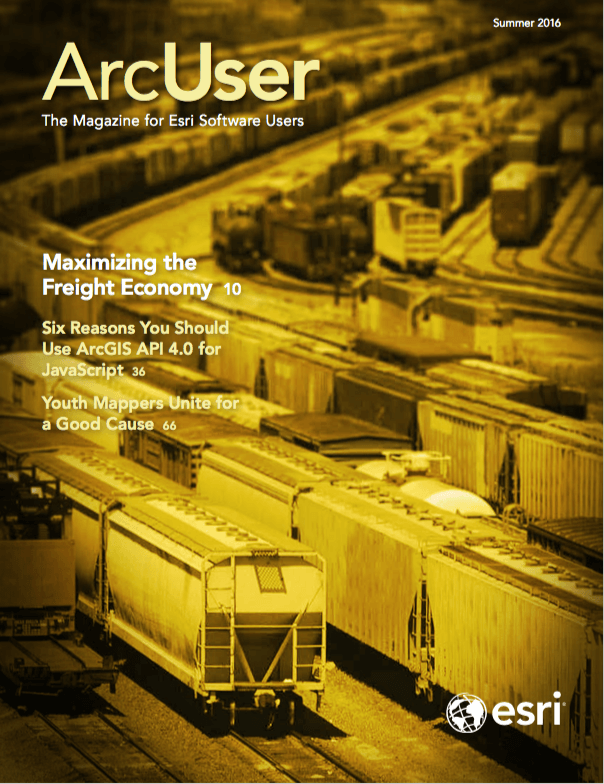Development experts need maps for everything from finding their way around communities after a natural disaster to strategically planning their next project.
The United States Agency for International Development (USAID) is a US government agency that works to end global poverty and foster democratic societies. GeoCenter, an agency resource created four years ago and headquartered in Washington, DC, has a staff of 20 experts who conduct analysis to improve USAID’s international development programs.
In addition to conducting their own analyses, GeoCenter team members also work to build geospatial capacity within USAID. The team provides training to USAID staff and has created a global network of GIS specialists in USAID field offices around the world. Most of the specialists are Foreign Service Nationals (FSNs), who bring with them a valuable cultural understanding of the countries in which USAID works.
Much of the GeoCenter’s work is focused on analysis to help USAID better target the places where its limited resources can have the greatest impact. GeoCenter analysts use ArcGIS and other statistical tools for conducting analyses, said GeoCenter director Carrie Stokes.
“In the United States, we are so used to having basic maps. That is not always the case in countries where USAID works,” said Stokes. “Many parts of the world remain unmapped,” Stokes said.
Youth Mappers, a network of university studients established under the Mapping for Resilience University Consortium, works on USAID projects. (See “Youth Mappers Unite for a Good Cause” in this issue.)
Students create foundational basemaps that are vital for a variety of international development projects. USAID also anticipates that the Mapping for Resilience University Consortium will cultivate professionals with mapping skills, especially women from developing countries. The consortium plans to foster leadership roles for women.
The word resilience in the name Mapping for Resilience University Consortium underscores the importance of the consortium’s mission to help the people in the nearly 100 countries where USAID works. “We are trying to end extreme poverty and to help communities be more resilient to the many challenges they face, whether it is a drought, a change in government, an earthquake, or the changing climate,” Stokes said.

